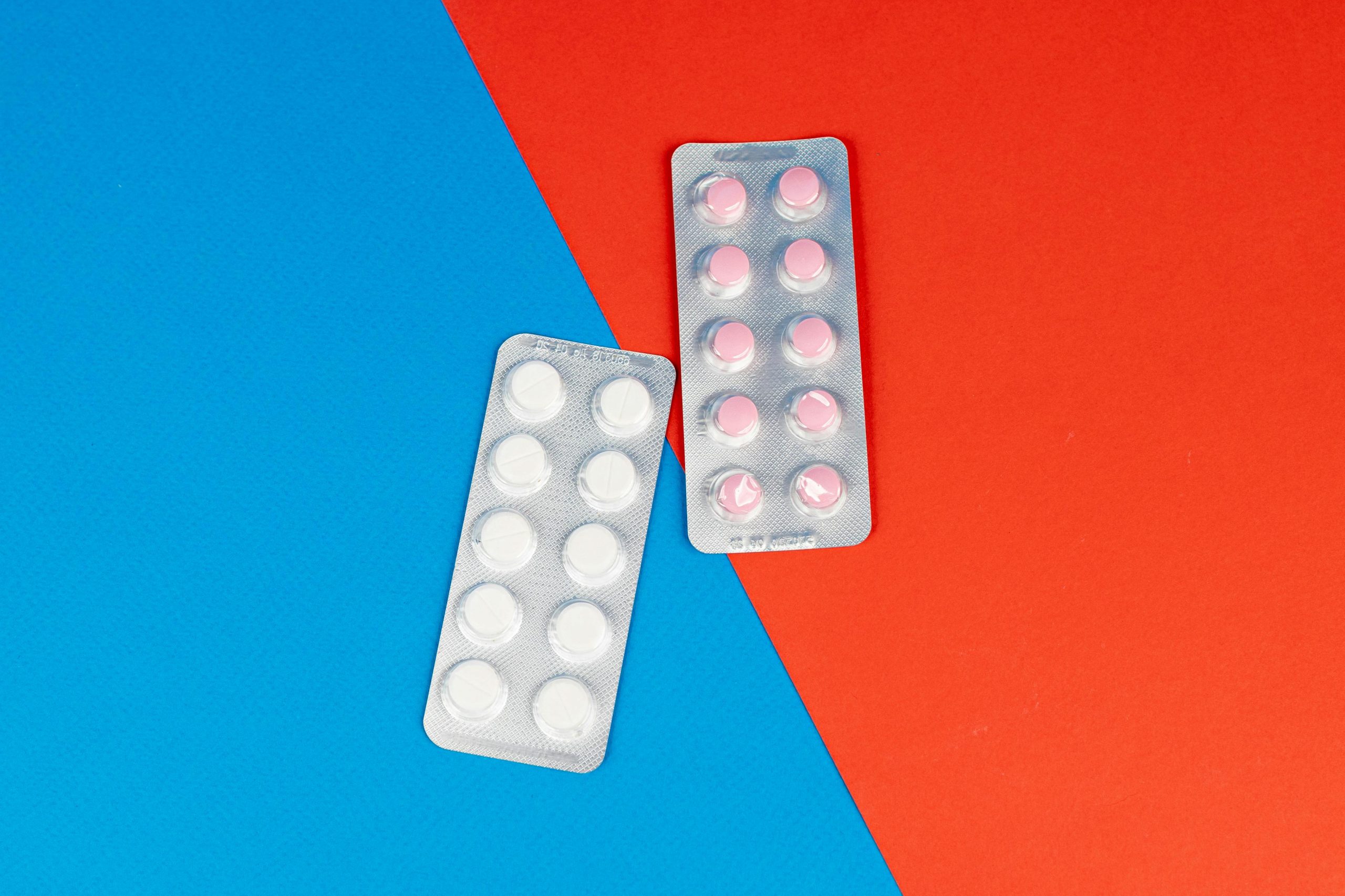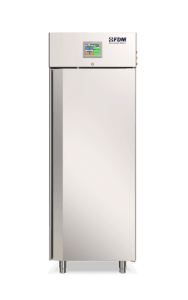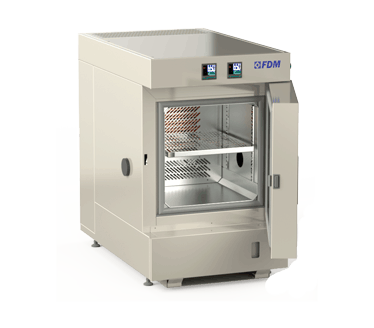
All the products we use must be safe and reliable, but none more so than pharmaceuticals.
Medicines can remain in storage for months before being sold, others can endure extreme climates or transcontinental shipments.
Therefore, those working in the pharmaceutical industry must ask themselves the following question: will the product still be stable when it reaches the patient?
What is a Pharmaceutical Stability Test?
Stability tests are used to verify how a drug, like a supplement, a cosmetic, or a medical device, reacts over time in controlled environmental conditions.
They try to predict what will happen after 6 months, 1 year, or even longer, when the product has been exposed to certain temperatures, humidity levels, or day-night cycles.
It's not just about avoiding visible alterations or loss of potency, but also ensuring that every distributed batch remains compliant with safety standards, wherever it is stored.
Perform
Climate Stress
Discover the new series of Climate Chambers for controlled climate testing
How a Pharmaceutical Stability Test Works
To conduct a test of this type, a climate chamber is used, a laboratory instrument consisting of a hermetically sealed compartment within which key environmental parameters, especially temperature and relative humidity, can be set, adjusted, and monitored.
For example, long-term storage typically requires a temperature of 25°C and 60% relative humidity, while accelerated testing typically uses 40°C and 75% relative humidity. In some cases, exposure to UV light or hot-cold cycles is also simulated to assess more extreme reactions.
Who Needs Stability Testing
This procedure is central to drug manufacturers, but it also applies to CDMOs, quality control laboratories, R&D departments, nutraceuticals, and cosmetics companies. Anyone working in planning or purchasing knows it well: choosing the wrong chamber can delay the entire process, or worse, invalidate the results.
Facility planners are also involved: the chamber's volume must be proportionate to the number of samples, the packaging, and the duration of the tests. A chamber that is too small forces fractional testing. One that is too large can be uneconomical.
International standards for pharmaceutical stability testing
Pharmaceutical stability testing follows guidelines established by internationally recognized bodies. The ICH guidelines, which are drawn up internationally to harmonize regulations between Europe, the United States, and Japan, establish precisely the environmental conditions to be simulated, the minimum test times, and the frequency of checks.
The most relevant for stability testing are:
- ICH Q1A(R2): defines the standard conditions for long-term, accelerated, and intermediate studies
- ICH Q1B: concerns photostability tests, i.e., exposure to light
In addition, there are ISO standards, good laboratory practices (GMP), and data integrity requirements. Everything must be documented: from the chamber's installation (IQ), to its operation (OQ), to its performance over time (PQ).
You cannot find the ideal chamber for your test?
Create your own environment, according to any test requirement
The FDM Chamber for Pharmaceutical Stability Testing
For over 70 years, FDM - Environment Maker has been a leader in the climate simulation sector.
Our climate chambers are capable of performing pharmaceutical stability testing in accordance with current international regulations.
Furthermore, our technicians are always available to listen to customers to meet their specific needs, designing a customized climate chamber together.
Download the technical white paper below and don't hesitate to contact us!
Would you like to receive a quote or do you have questions about the product?
Contact us to receive more information about this Product.



